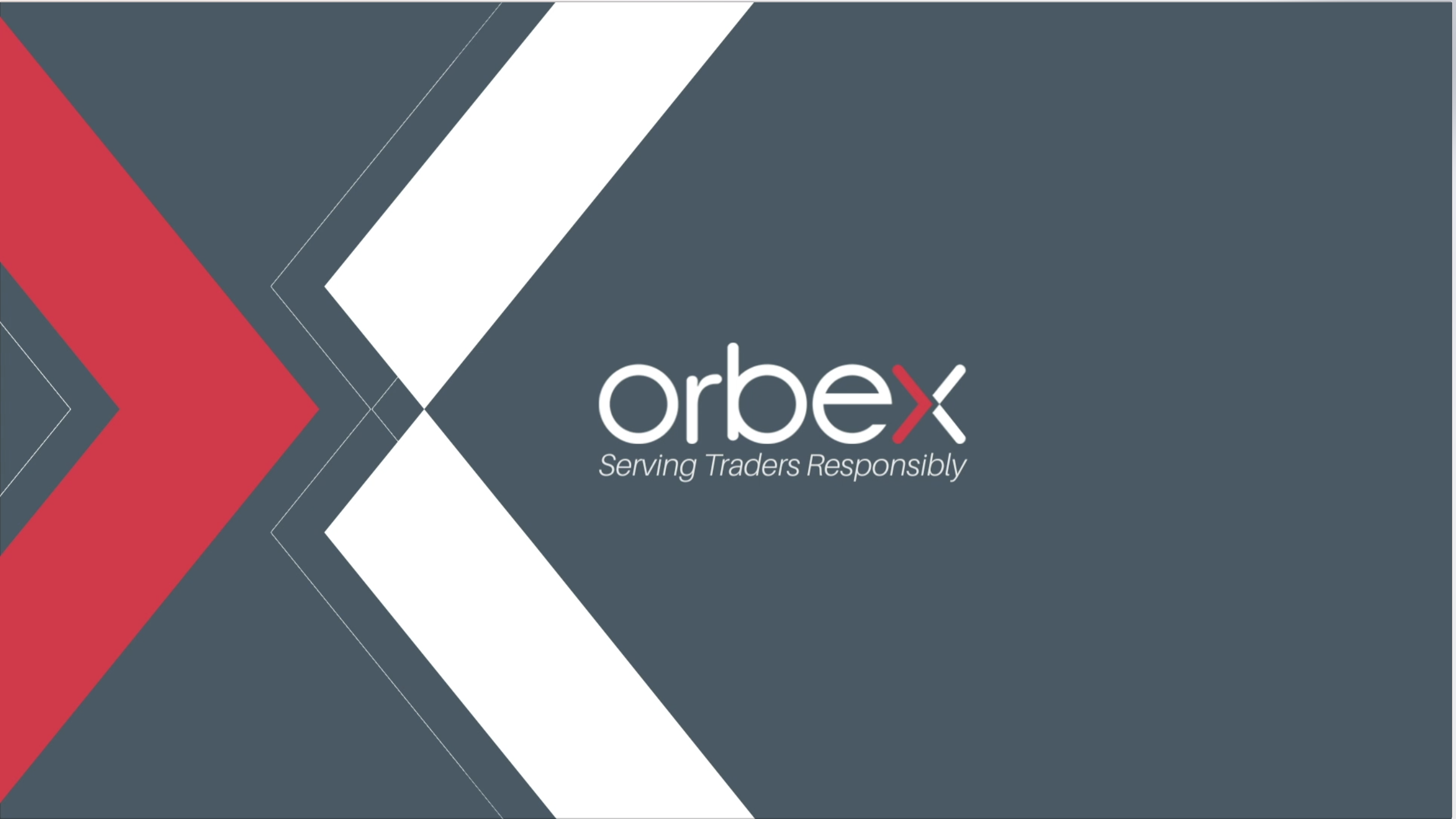UK Retail sales jump as wage growth squeeze increases

Economic data from the UK last week covered the unemployment, inflation and retail sales. Data showed that the UK’s unemployment rate fell to a 43 year low of 4.0%.
However, wage growth remained sluggish. Meantime, inflation was seen rising for the first time this year to 2.5% in July. The increase in inflation came after the BoE’s rate hike in August.
The higher inflation along with slow wage growth evidently put a squeeze on UK households.
Retail sales in the UK rises 0.7%
Retail sales in the UK posted a strong rebound in July despite real wages still close to zero. Data from the ONS released last week showed that retail sales gained 0.7% on the month. On a year over year basis, retail sales rose 3.5%. This was a big gain and higher than the median forecasts of a 0.2% increase on the month.
Retail sales were boosted by an increase in sales of food and drink and online sales as well. There were declines registered in department stores and fall in gasoline prices.
UK unemployment rate at 43 year low
The labor market report for the three months ending July showed that the unemployment rate fell to 4.0%. This came after the UK’s unemployment rate remained steady at 4.2%.
Wage growth was however sluggish, rising just 2.4%. This was below the median estimates of 2.5% and slower than 2.5% increase seen in the previous period.
Real wage growth, which accounts for inflation was negative.
UK Inflation rises 2.5% in July
The latest consumer price index report from the UK showed that headline inflation grew at a pace of 2.5% in July. This came after inflation in the UK was steady at 2.4% for the previous three months. The data, released by the Office for National Statistics showed that inflation increased for the first time this year.
The higher inflation data comes on the back of the jobs report which showed that wage growth squeeze continued to plague UK households. The higher inflation is expected to slow consumer spending.
The data comes after the Bank of England hiked interest rates for the second time in August. The BoE’s interest rate was hiked to 0.75% after rates fell to historic lows of 0.25% from 0.50% after Brexit.

The inflation data came slightly below the BoE’s forecasts of 2.6%. In one of the previous communications, the Bank of England forecast that inflation would rise to 2.6% in July before falling back slightly above the 2.0% inflation target rate.
UK’s inflation touched a five year high at 3.1% in November 2017 on an annualized basis. This came as the pound fell sharply following the Brexit vote.
The increase in consumer prices was driven by the higher price of computer games. Transportation fees also helped to drive inflation higher during the month. Offsetting the increase were the declines from clothing and other charges for investment in unit trusts.
The data from ONS showed that further inflation pressures could rise over the coming months.
On the factory side, cost of raw materials increased especially on imports. Import costs increased 10.9% in July on an annualized basis. This was the biggest jump in import costs with most of the increases attributed to higher oil prices. The data beat median forecasts of a 10.4% increase.
As a result of the increase in import costs, manufacturers and firms were seen raising prices by 3.1%. This was however slightly weaker than the 3.2% increase seen just the month before on an annualized basis. Still, the data for July beat estimates of a 3.0% forecast.
House prices were also seen rising. Data showed that annual increase in house prices rose 3.0% across the country. This was a slower pace of increased compared to May’s increase of 3.5% and it was the weakest since August 2013.




